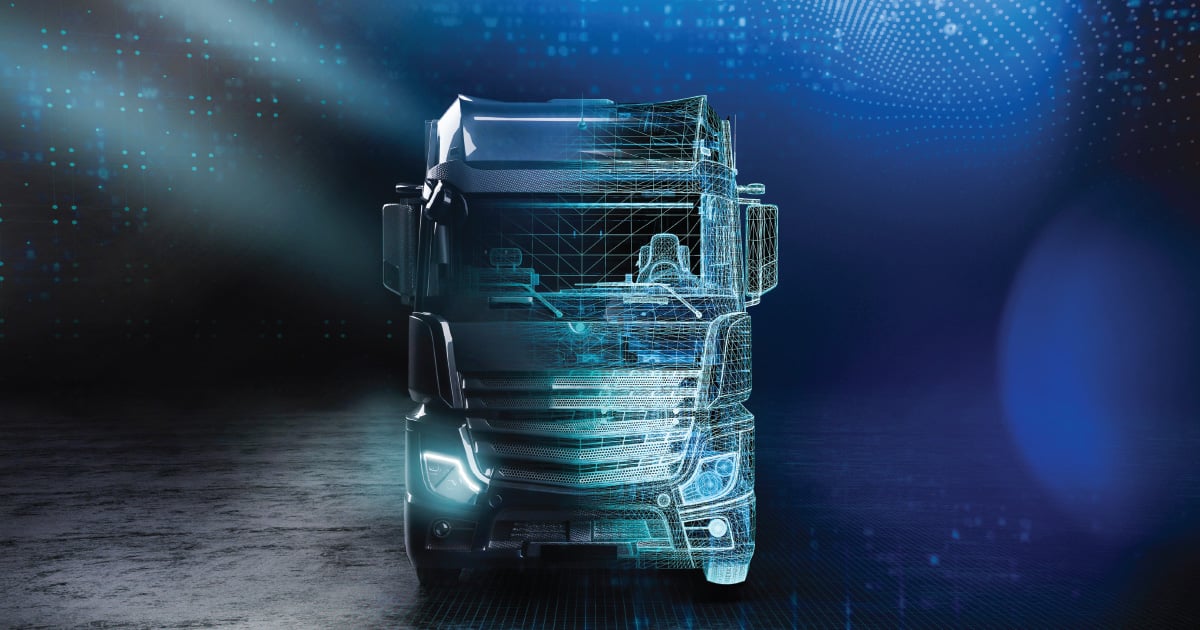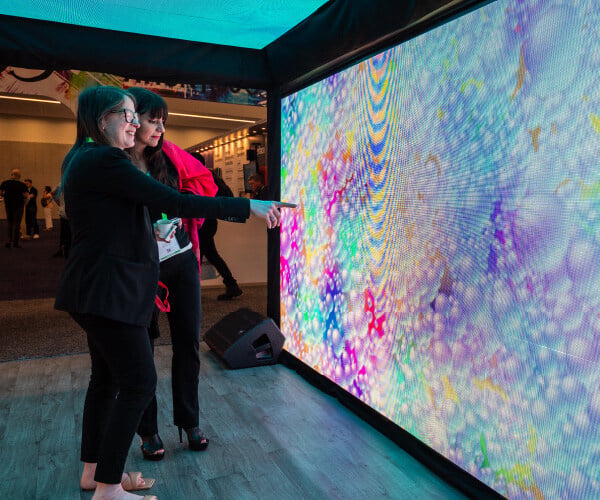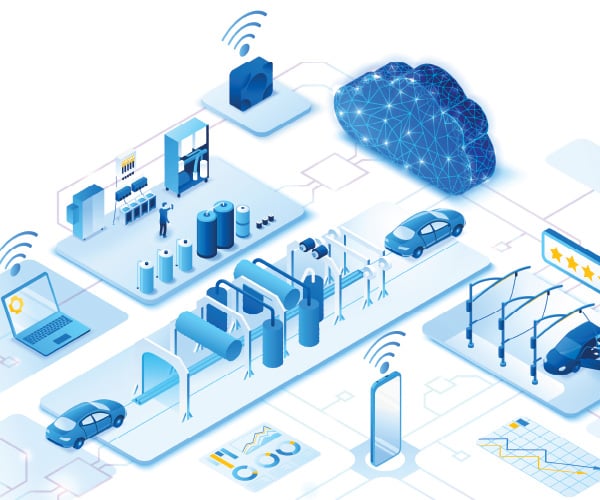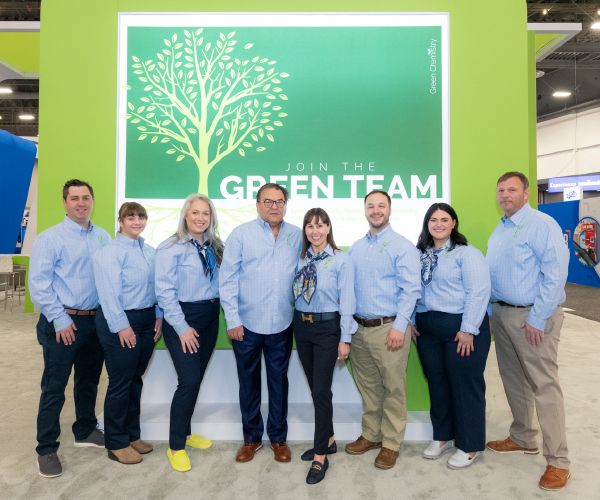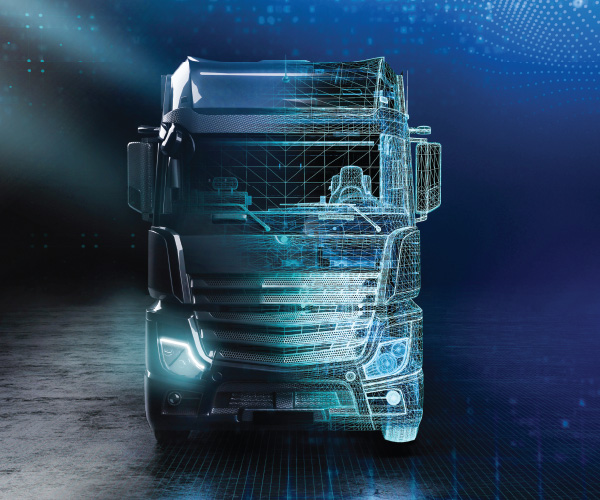
Vehicle Technology Trends
February 13, 2023
6 minute ReadBy Derek Kaufman
Future trends in vehicle technology and their impact on the car wash industry was the subject of a recent ICA webinar I presented.
This article summarizes the content of that presentation, which was entitled, “5 Things to Consider as You Position for the Future.” Strap your helmet on – lots of acronyms are about to hit you!
5 Things List:
- How Vehicle Ownership Is Changing
- The Impact of 5G Connectivity
- A BEV Penetration Snapshot
- The Emerging AV NEV Vehicle Segment
- Random Interesting Stuff
How Vehicle Ownership Is Changing
Schwartz Advisors constantly updates a forecasting model that projects the entry of battery electric vehicles (BEVs) and changes in vehicle ownership. We segment the USA vehicles in operation (VIO) into five categories: Individually Owned Light Vehicles (IOLVs, the cars you and I drive every day); Fleet-Managed vehicles such as package delivery vans; Autonomous Neighborhood Electric Vehicles (AV NEVs); Transportation such as a Service 1 – TaaS1 vehicles (leased, rental, governmental, taxi, shared and subscription) and TaaS 2, which will include on-demand autonomous vehicles in the more distant future. Here are some of the key automotive aftermarket changes over the next 30 years:
>> We forecast the 284 million VIO in 2022 to reach a peak of 328 million in 2035, then decline as autonomous vehicles displace some individually owned cars in the 2040s. By 2050, the VIO will reduce to 300 million.
>> The Vehicle Miles Traveled (VMT) increases from its low of 2.8 trillion miles in 2020 to over 4 trillion miles in 2050, spurred by the increase of AVs that travel two to three times as many annual miles per vehicle versus individually owned cars.
>> Fleet-managed vehicles increase their share of the VIO, moving from 5% in 2022 to 20% in 2050, driven by four key factors:
- Package delivery vans significantly increase as e-commerce delivers more content to your homes.
- The new vehicle category AV NEVs was formed to displace some of the delivery vans that are congesting our city centers. The AV NEVs travel under 30 mph in dedicated lanes.
- Shared vehicles rebound as Generation Z enters the market. They don’t want to own things and want things delivered, so they use Uber for travel and Doordash for delivery.
- Subscriptions expand beyond today’s luxury brands. Dealerships lease a higher percentage of BEVs and then turn the off-lease cars into a lower-priced subscription fleet. Independent companies offer subscription vehicles too.
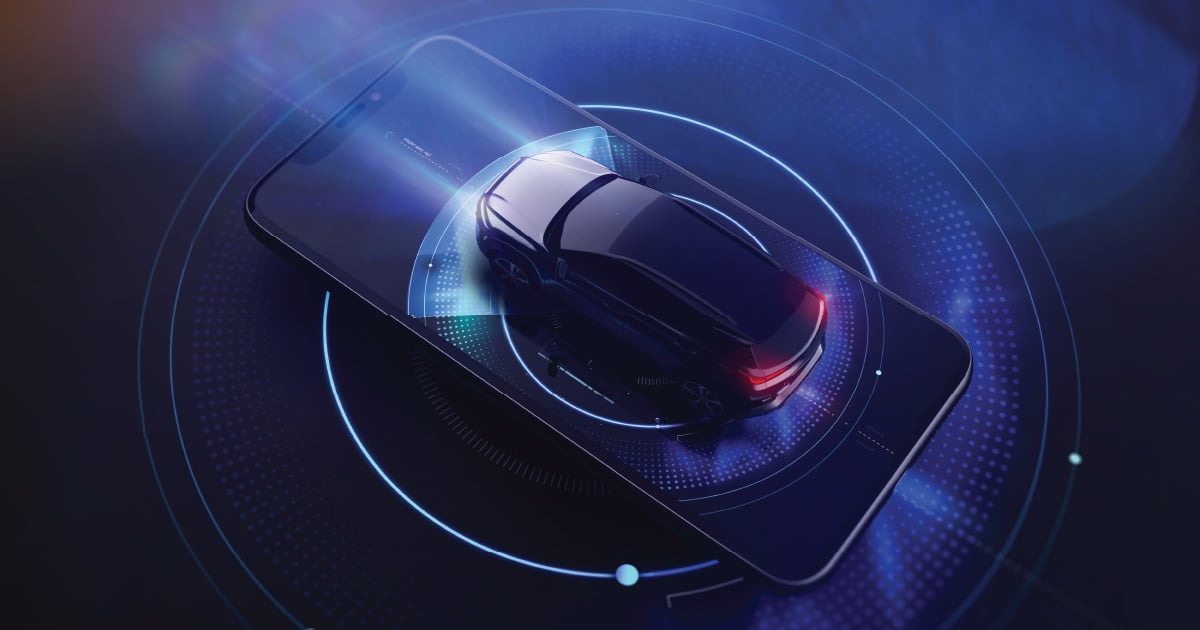
We see 5G connectivity as a significant issue for our industry going forward.
Specific technology changes could affect car washes as the vehicle ownership, VIO and VMT trends play out.
>> 90% of new cars sold in 2022 have some form of connectivity. We believe that 25% of the VIO is connected now, and over 60% will be connected by 2035.
>> We have talked about 5G promoting vehicle-to-vehicle (V2V) and vehicle-to-infrastructure (V2X) connectivity, but that is now changing. An August 2022 ruling by the USA Federal Communications Commission will eliminate the portion of the five gigahertz spectrum originally slated for V2V applications, stating that vehicle manufacturers have not used the spectrum meaningfully. While V2V applications may not happen, we still anticipate increased V2X applications as 5G facilitates online-to-offline services. This includes directing drivers to nearby retailers or real-time scheduling for mobile mechanics serving shared fleet vehicles.
>> We also see 5G technology promoting Software Over the Air (SOTA) transfers to vehicles, a vastly expanded analysis of vehicle data to promote the monitoring of a vehicle’s health and the arrangement of preventative maintenance. Companies like Viaduct are building a large array of services that depend on their ability to use 5G connectivity to access vehicle data cleanly and consistently.
So how does all of this change affect the car wash operator?
- Increasing numbers of vehicles on the road means more cars to clean between now and the peak VIO of 2035. As the VIO decreases from 328 million vehicles to 300 million due to the increase of autonomous vehicles in the 2040s, wash operators still benefit because AVs will travel more miles and be cleaned more often than today’s IOLV cars.
- Fleet-managed vehicles moving from 5% to 20% of the VIO is good for car wash operators too, as long as our industry moves quickly to become the car wash of choice for the AV NEV pod operators and other shared fleet managers. New fleets do not need to suffer the capital expenditures of installing wash operations when current wash operators have the proximity and capacity to keep their vehicles clean and are involved in revenue-generating miles a higher percentage of their time.
- Mobile wash services may become more prevalent as floating shared fleet cars need to be cleaned where they are dropped off.
- Car washes can provide SOTA companies like Viaduct with a perfect data transaction hub to pull data from cars that are idling at a consistent location.
- Car washes might even act as battery swapping locations for BEV cars.
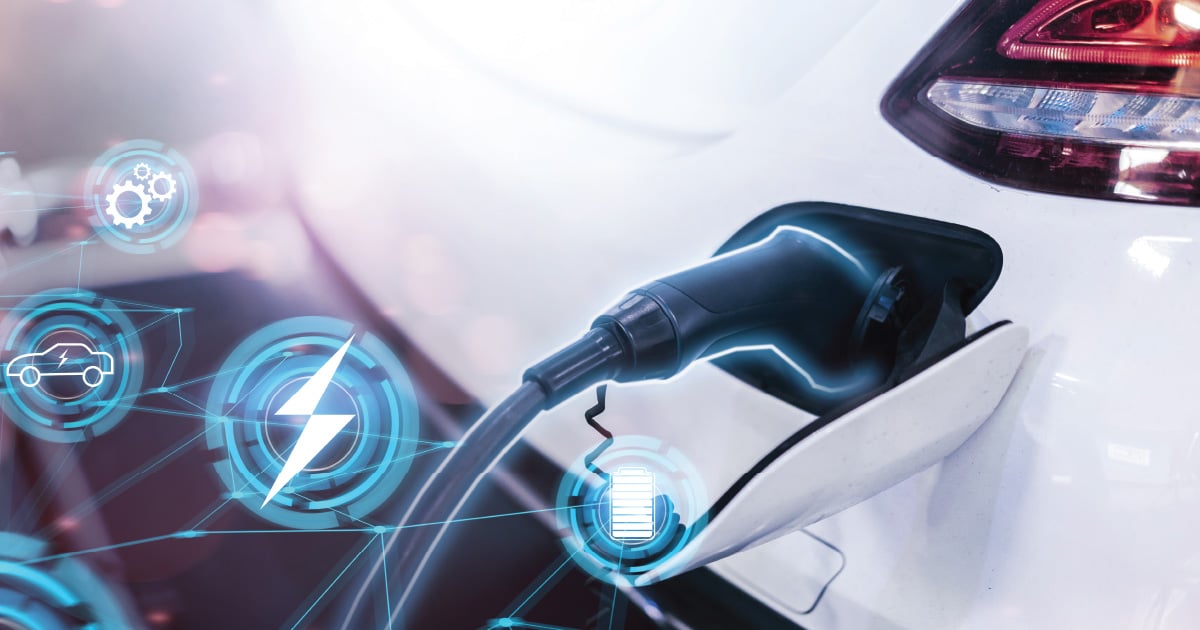
Battery swapping? Huh? What’s that all about?
The Chinese vehicle maker Nio is installing battery swapping stations throughout China and is now expanding the service to Europe, working with Shell Oil as a partner. A Nio BEV is powered by a rectangular battery that can be quickly removed and replaced in 3 minutes by a robot working in a swapping station. Nio owners benefit from a lower purchase price of a BEV without a battery, then subscribe to battery swap access or pay on a per-swap basis. When it comes time to trade in their used Nio, the new buyer avoids any issue of a degraded battery. Therefore, the trade value of the car is higher. Other companies think Nio might be onto something. CATL, the world’s largest BEV battery manufacturer, is launching a battery swapping service, as is a US-based startup company called Ample.
Car washes could be excellent sites for battery swapping — the bottom of the car is cleaned of winter snow and ice and readied for the swap, the car moves to the swap bay, and in 3 minutes, you are back on the road.
That might seem crazy to you, or maybe not. The ramp of BEVs might make it a good business model for you.
Our latest BEV forecast shows battery electric vehicles moving from about 5% of new car sales this year to 18% by 2030, 48% in 2040 and as high as 74% in 2050 when the AV BEVs are added to electric IOLVs. We see the VIO moving from just .8% BEV this year to about 48% in 2050. The vehicle mix in the United States will move toward electric drive. As battery range expands, charge times get shorter, swapping occurs and BEV costs decrease, we believe that consumers will love the performance advantages of electric drive technology.
As for those random interesting thoughts…
>> The increasing use of bright colors in new car designs. 76% of cars sold in the USA are some shade of gray, and about 9% are a shade of blue. Now we see an explosion of other colors as OEMs bring a wider pallet to lower-cost cars.
>> Advanced Driver Assistance Systems (ADAS) and BEVs also affect paint technology. OEMs are working on paint reflectivity in darker shades so Light Detection and Ranging (LIDAR) sensors can recognize black and other dark-colored cars at night.
>> Hydrophobic and transmissive lens coatings with multi-year durability are being developed for painting sensors.
>> As RFID antennas required for SOTA transfers expand, conductive inks and coatings are proving to be conductive channels within painted surfaces.
>> Finally, and my favorite, BMW has developed a vehicle wrap that can be energized to change its color. As it gets hot outside, your black BEV can turn to white to reduce the impact of the sun’s heat on your vehicle interior. The color change technology could also be applied to make the perfect bank robbery getaway car.
In the midst of all of these changes, the car wash industry is a great place to be.
>> You are Powertrain Agnostic. BEVs will simply eliminate exhaust from your tunnels and noise from your service bays.
>> You are ESG Positive. Recycled water and well-managed properties will serve the industry well.
>> You are TaaS Important. Transportation will matter as service fleet managers will need their cars or NEV pods frequently cleaned to maintain their brand reputation.
>> You can be AV NEV Opportunistic. Move now to contact the NEV makers coming to your towns to build new business models that clean and service their machines using the power of your proximity to help them maximize their earnings.
